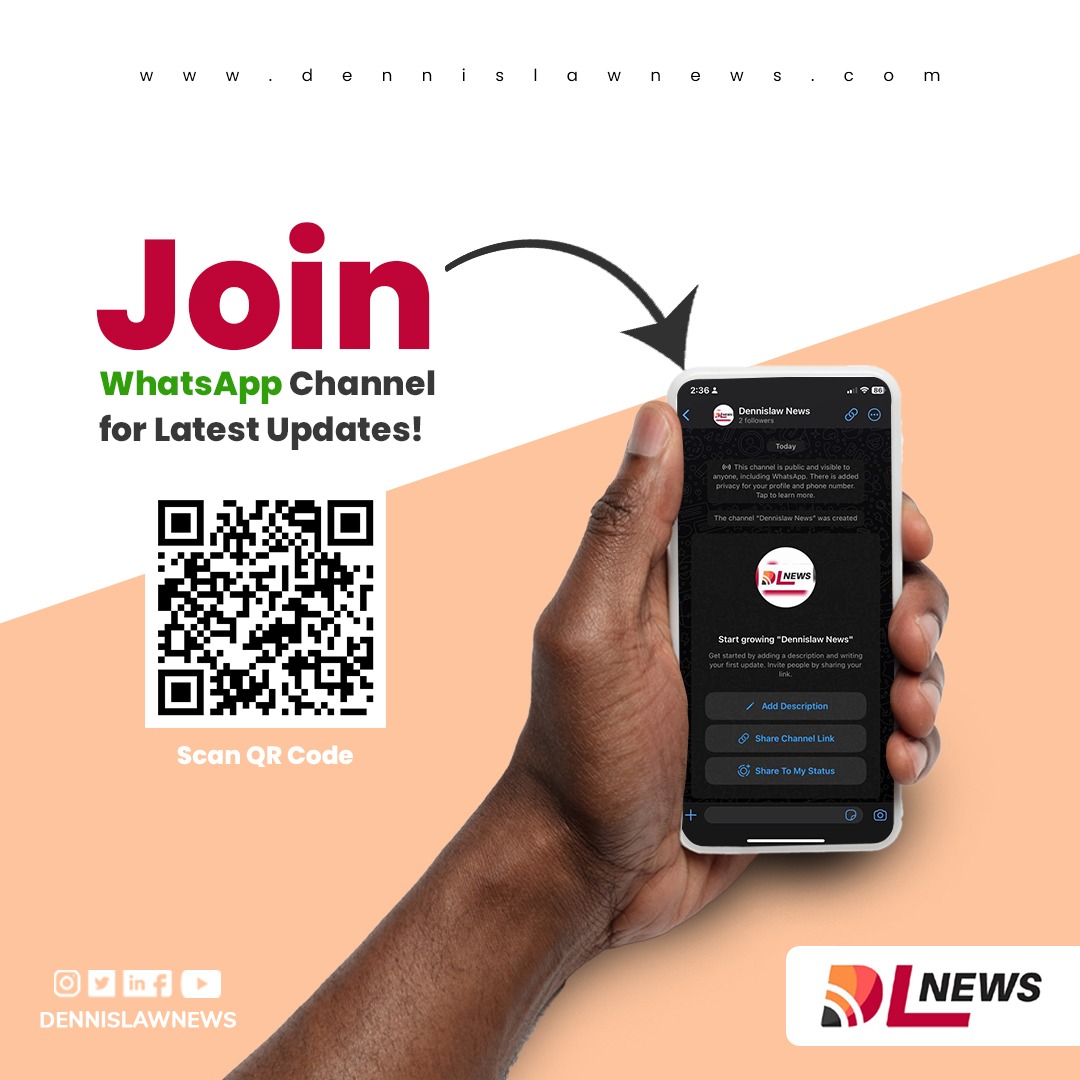Dealing with Data in Dispute Resolutions
There are tools available that help follow the threads of communication and give additional context to conversations

Introduction
The shift to remote working has changed the way businesses create content and communicate in a corporate setting. This means that the size and scope of potentially responsive documents in a legal dispute have also increased. Traditionally ephemeral communication such as telephone calls and in-person meetings can now be recorded and preserved in short message formats like text messages, chats, and video conferencing tools. Since this communication is now potentially discoverable, case teams need to plan for handling clients’ voluminous and complex data.
Volume
Clients are creating more discoverable content than ever before. The pandemic forced businesses to shift rapidly to a remote workforce, increasing dependence on technology to maintain productivity. The work-from-home environment can sometimes introduce the use of consumer technology into business practice, creating another data source to consider and manage.
Communication is moving from an ephemeral format to a tangible format. When communications can be preserved, they become potentially discoverable in a legal dispute. Do you know where transcriptions are stored from Zoom meetings? Are you looking for communication about a deal gone awry in email when the players were discussing it in Slack instead? Are you now receiving transcripts of voicemail messages in your email box and saving them into a folder instead of deleting the audio message on your office phone, like you used to do?
There are tools available that help follow the threads of communication and give additional context to conversations. Email threading is a tool utilized in litigation document review platforms that groups emails together by conversation and identifies emails that contain the substance of previous emails. Identifying and filtering a set of documents by inclusive emails can drastically reduce the volume and attorney billable time. Document review platforms are now equipped to handle short messages like Slack messages in a more efficient way for review and production. Chats are grouped together by conversation instead of one document per message.
Another strategy for dealing with high data volumes is to focus on preserving documents in place instead of collecting and transferring. By utilizing legal hold solutions, clients can exert more control over their data by preserving potentially relevant documents and transferring only what is necessary for outside counsel to review. This solution is not without complications, as it requires the client to have a legal hold solution implemented, and involves outside counsel ceding some of the e-discovery process back to the client, but it is an effective and perhaps necessary way to deal with the high data volumes present today.
Complexity
The move away from ephemeral communication has increased complexity in the source data containing potentially responsive documents. Over the years, litigation support and IT professionals have solidified the process of preserving and transferring email for dispute resolution purposes. Document review platforms and document management systems have been developed to store, review, and export email and electronic documents. Novel formats like text messages, chat messages, video recordings, and video transcriptions introduce complexity in the traditional data storage and transfer workflow.
Some clients prefer communicating with their legal team via text message instead of phone or email. This can be problematic for many reasons. It is difficult to defensibly preserve and export text messages from a mobile device without creating a copy of the entire phone, which can be a burden on the custodian and can open the door for privacy issues. The use of text messages between client and attorney can also blur the lines between work and home life, especially when messages are sent on a device that combines work and personal documents or communication.
Collaborative tools like Slack and Microsoft Teams have chat components that can contain a wealth of potentially responsive information. These tools allow for the preservation of conversation traditionally not memorialized, and thus more informal in tone and language. Would you say the same thing in person as you would in a chat? It can be harder to use search terms to identify relevant information when slang or informal language is used. These tools also allow for the use of emojis to provide context in the way verbal cues and body language have traditionally done. The intent of a short, informal message can be easily misconstrued by the addition of an emoji.
Video conferences can be recorded and transcribed. Does your client know where this information is being stored and who has access to it? Tone and intent can be misconstrued when transcribed and might need additional context to review properly. Were participants informed that the meeting would be recorded? Participants might not speak freely knowing a meeting is being recorded, particularly if this is not standard practice.
Conclusion
The volume and complexity of potentially responsive documents in dispute resolution will continue unabated. Given that reality, here are four suggestions for dealing with data effectively in dispute resolution:
- Do not wait for a dispute to develop before understanding your client’s data sources. Encourage clients to understand what technology can be used to search, retrieve, and review documents in likely disputes.
- Avoid spoliation by ensuring your client understands how to maintain and preserve data. Letting a novel data source like Slack messages delete because of ignorance of default settings will not provoke sympathy from a tribunal. Similarly, with cloud-based applications becoming the norm in business applications, clients need to understand they retain the responsibility of understanding how their documents are being maintained and preserved even though not maintaining the technological infrastructure.
- Using novel communication tools will help you understand the tools your clients use. Law firms are notoriously slow to adopt new technologies, but clients generally are not. Establish and update data management policies in your own practice and follow them.
- Do not wait for a disaster to develop a relationship with an experienced data support professional, whether an internal or external practitioner. Learn best practices and develop a relationship so that in any time of need a trusted relationship exists to help address the issues at hand.


